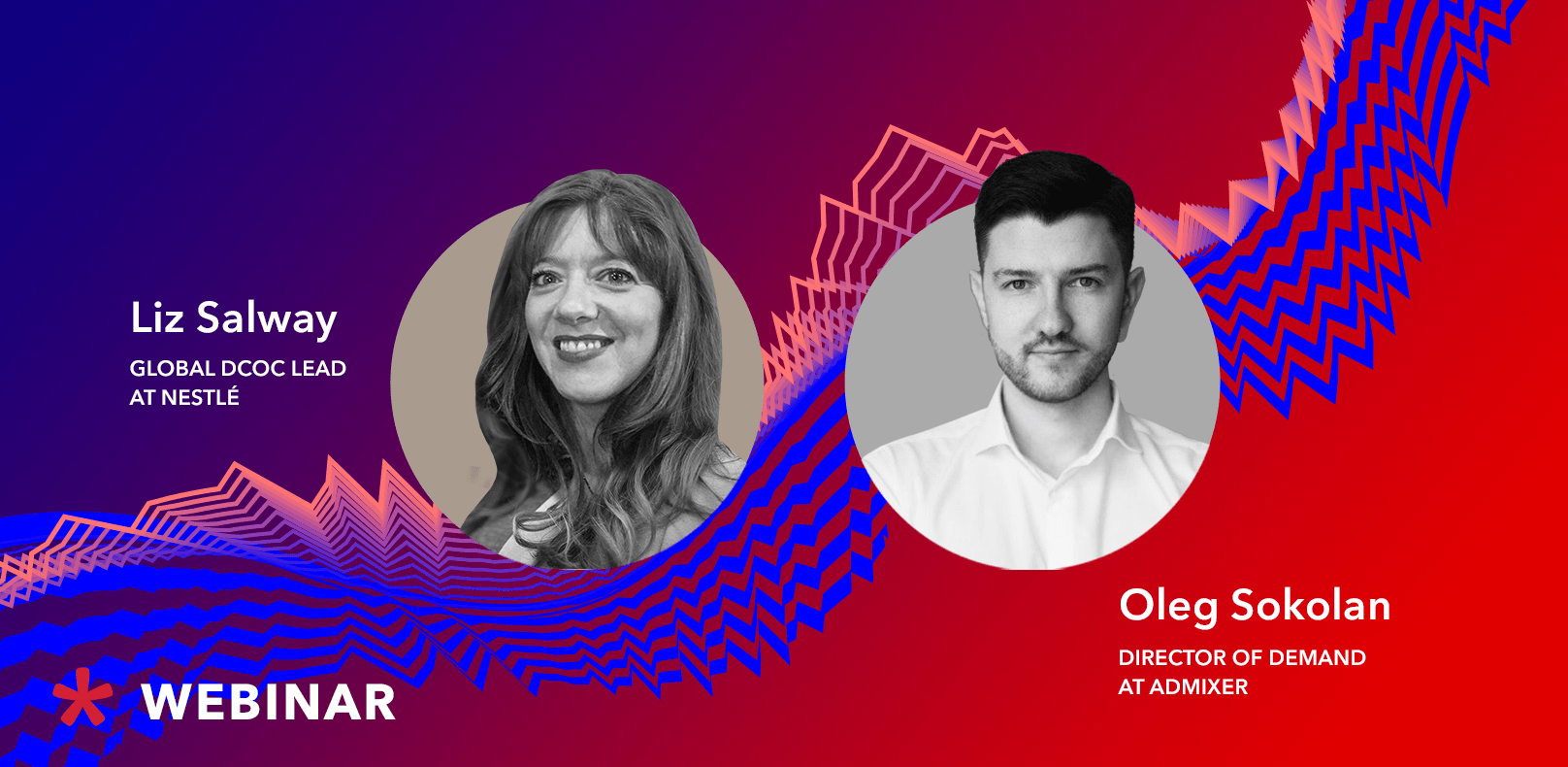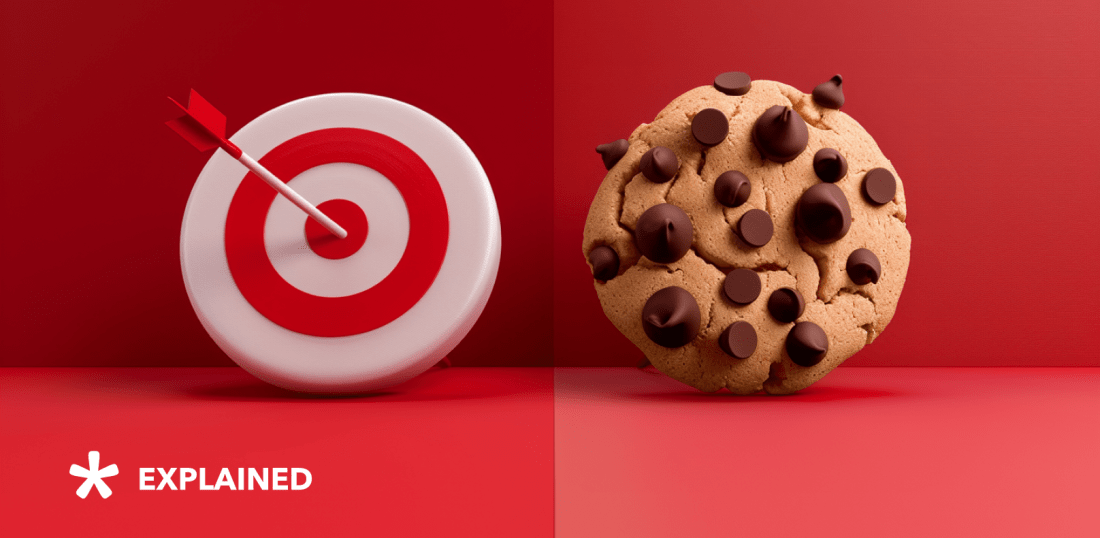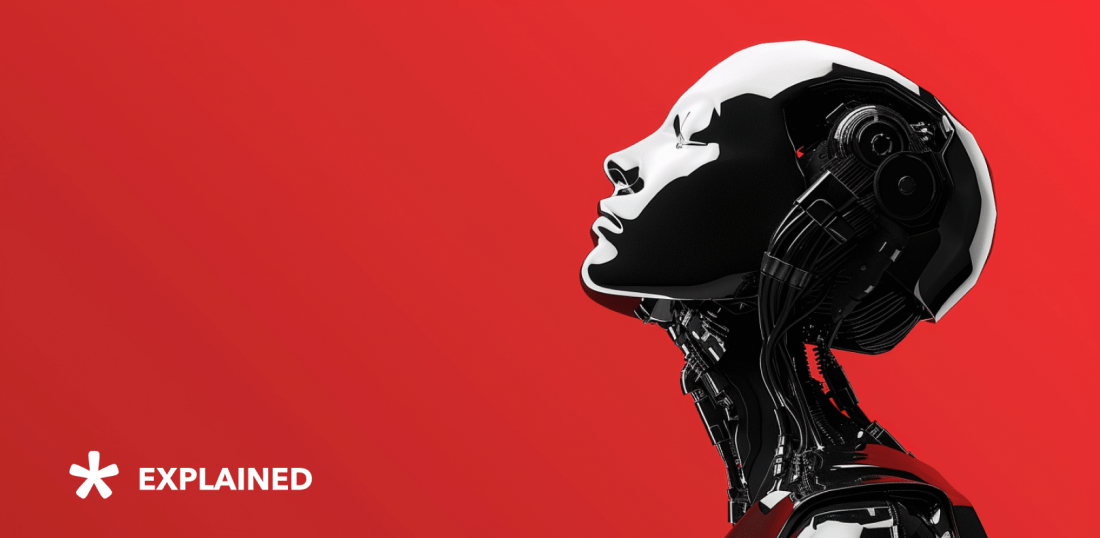
The Evolution of Programmatic: Key Opportunities for Brands [Nestlé Experience]
Acknowledging the rise of programmatic, brands are competing for talents and move programmatic capabilities in-house. Nestlé puts a heavy emphasis on this media buying strategy. In 2019, they created the Global Digital Media Center of Competencies, dedicated to establishing quality standards for supply and media trading.
To learn more about their efforts and investigate the evolution of programmatic, Admixer.Academy invited Liz Salway, the Global Digital Center of Competencies Lead at Nestlé. Oleg Sokolan, Director of Demand at Admixer, hosted the webinar and shared our cases and expertise.
Watch full webinar- The Rise of Programmatic
- Focus on data-driven advertising
- Programmatic for branding
- Elimination of 3rd-party cookies
- How to prepare for the world without cookies
- Programmatic Vs. COVID-19
- Should brands take programmatic in-house?
- Why brands ignore programmatic advertising
- How many SSPs you should use for effective advertising
The Rise of Programmatic
Publishers initiated the changes in the adtech monetization models, and programmatic buying has become a standard for most media buyers. Yet, programmatic has changed and is more about brands than about publishers today.
Programmatic emerged as a practical tool for publishers to manage their yield. The adoption of programmatic started from the need of premium publishers to monetize all of their inventory, by releasing the leftover traffic to the ad network. This way, inventory could be sold without face-to-face contacts and negotiations with the brands.
Focus on data-driven advertising
With programmatic, advertisers could buy ad inventory with more information about the audience by evaluating different parameters in the ad request. Thanks to that, brands started looking into how they can buy audiences, and not just media based on the particular publisher context.
For instance, if you are a news publisher, you can have three distinct audiences that read your content. With smart data segmentation, advertisers can choose groups they are most interested in, while publishers can upsell their ad spaces. The focus on data elevated programmatic from the method of selling remnant inventory to something more strategic.
Programmatic for branding
Programmatic is a way of trading media assets, not a channel or strategy. We passed the days when it was only a few formats available. In the early days, it was almost exclusively banners, and not high impact formats, which can be used for more sophisticated campaigns and messaging.
That has all changed. Any IAB format can be run programmatically, including rich media that can be used for complex storytelling and brand building. The possibility of omnichannel marketing also boosted programmatic effectiveness, allowing to reach consumers at the right time, on the most appropriate device.
Elimination of 3rd-party cookies
The looming phase-out of the 3rd party cookies seems like a natural evolutionary step for the industry. The advertising ecosystem has gotten to a point with too much data as service vendors, which had substantial probabilistic data, based on cross-referenced user sessions. It was a convoluted fragmented market that needed a tidy up.
Several universal ID solutions came out, like DigiTrust or IAB Tech Lab project Rearc. The initial idea was to reduce the number of cookie matching requirements by having IDs that can be shared. These tech solutions should make the ecosystem cleaner from a technical standpoint.
Additionally, the 3rd-party cookie setup has issues with privacy and sharing confidential data. 1st-party data and 2nd-party data, its management, segmentation, and consolidation will be getting more important for brands.
How to prepare for the world without cookies
Advertisers need to prepare for new ways of managing data. The relationships with publishers are going to matter again. CTV and Direct TV companies are in a unique position to benefit. Their readily available data is gaining appeal for advertisers – it enables precise audience targeting in their environment.
We will see strong demand for data of those media owners with solutions that operate without relying on cookies. Google has recently released the details about its sandbox solution, and it is still pretty raw.
The significant part of this conversation is how to keep usability. It isn’t very pleasant to go to a website, which doesn’t recognize you because it deleted your cookies. We need to give some power back to the consumers, leaving features that are useful for them.
It is hard to predict how the ecosystem will evolve in the absence of working solutions. There’s a chance that we will be able to track users in different environments but not holistically. All of the offered ID solutions have a scaling problem since they operate only in specific environments. That can cause the emergence of close-loop monopolies, which will slow down the globalization of this market.
However, digital advertising has never been uniform, and it’s important not to fall for fear-mongering when it comes to the death of 3rd party cookies.
Programmatic Vs. COVID-19
There has been a significant drop in CPM since many advertising activities have been pulled. The brands quickly responded to the uncertain situation and a drop in consumer spending by pausing their ad campaigns, which is not always a good idea.
Publishers have suffered in terms of revenue and the ability for long-term planning. Yet, overall, the industry benefited from the lockdown and subsequent crisis. Under pressure from decreasing budgets, marketers are prioritizing more flexible and affordable channels. Programmatic spending grew in comparison to April since advertisers re-orient towards more cost-effective strategies.
Should brands take programmatic in-house?
The question of whether to hire an in-house programmatic team depends on the brand, its digital investments, maturity, and capabilities.
The data activation aspect is the last thing that you should bring in-house. Your media buying partners have bigger resources in this case, and you don’t want to lose these opportunities.
Often times, the martech stack is tough to pull together to make it cohesive on the transaction side. At the end of the day, the media should be left to those who buy media.
It is important to bring at least some competencies in-house, especially in the use of end-to-end technologies. Nestlé is focusing on martech and adtech in their in-house expertise to effectively work with agencies and establish an infrastructure that can be rolled out to all markets. Internal and external technologies have to be combined in a sensible way and complement each other.
Why brands ignore programmatic advertising
In Eastern Europe, many brands and advertisers ignore programmatic, despite its benefits for activating 1st-party data. A big part of it is the maturity on the publisher side.
A lot of publishers want to maintain personal relationships with agencies, and the safety of long-term arrangements in media buying. That is not the case with programmatic, which cannot provide this certainty, and predict your revenue for the next month.
Certain markets lag behind the global trends, and not just in programmatic.
For instance, in Ukraine, the share of desktop traffic is 69%, and some publishers even delay the transition to mobile-first. Publishers and brands tend to be more cautious toward new technologies.
In addition, many big brands still rely on traditional channels of communication. They are conservative and invest in TV, traditional outdoor, and radio, and if there is something left for digital, it goes to search. Programmatic is not on their agenda now.
How many SSPs you should use for effective advertising
SSPs are part of the publisher’s tech, and buyers shouldn’t really care where the impression comes from as long as it’s the right impression at the right price. It is all about optimizing the supply-path.
Premium publishers usually work with 4-5 SSPs, and advertisers need to research their ad spend to find the best route for purchasing the right inventory. If you’ve found out that a particular SSP gives the best rate for the particular inventory, you need to discuss with the media owner and negotiate to buy the impressions from this SSP.
It is a win-win situation for both sides; publishers want to be strategic in their partnerships, while advertisers desire the most cost-effective media buying strategy. Thus, search the audience, not SSPs, and reach out to the publishers.
If you want to start promoting your brand with programmatic, contact Oleg Sokolan, Director of Demand Partnerships at Admixer: olegsokolan@admixer.net.




